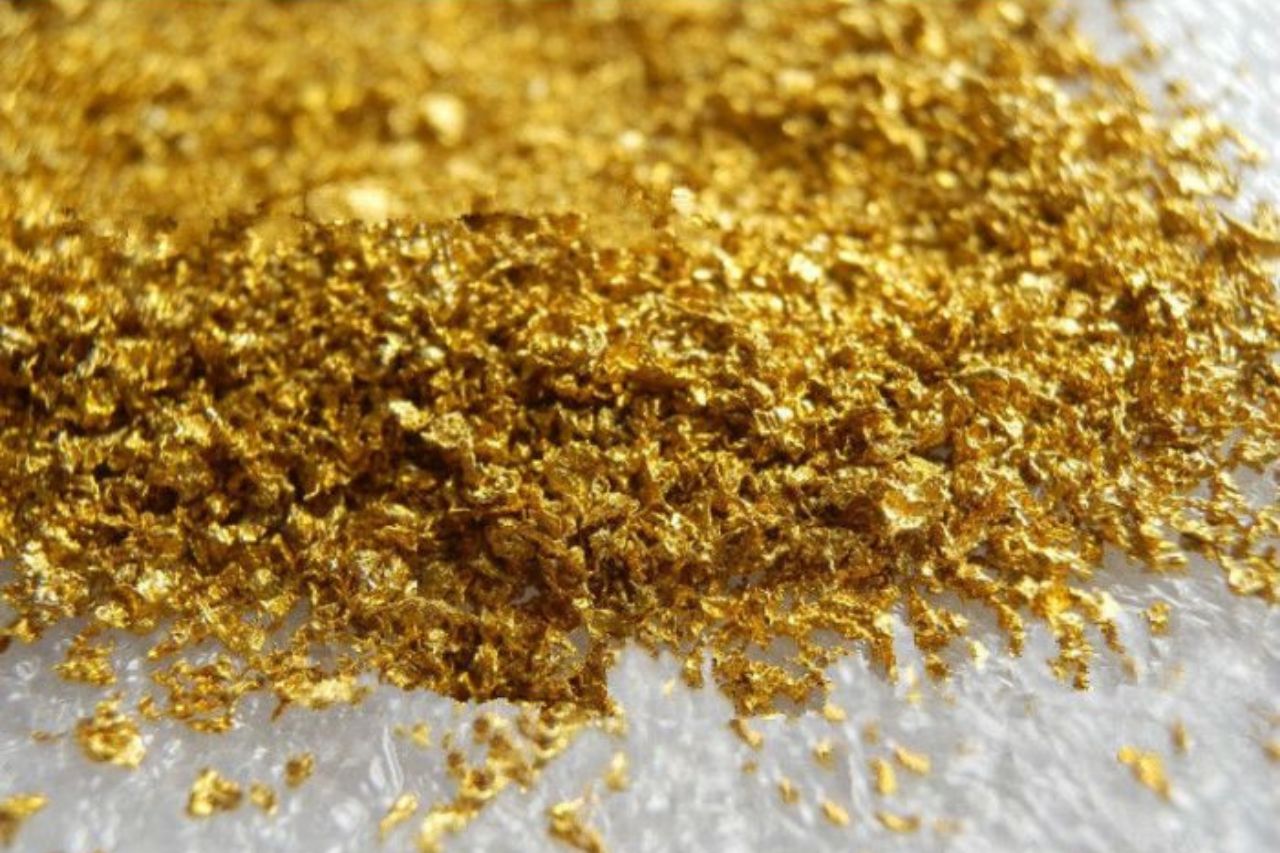The Science Behind Kinetic Degradation Fluxion Explained
Kinetic Degradation Fluxion, or KDF, is a water filtration technology that uses a unique process to remove impurities and contaminants from water. This post will explain how KDF works, its benefits, and how it compares to other water filtration methods.
What is Kinetic Degradation Fluxion (KDF)?
Kinetic Degradation Fluxion, or KDF, is a water filtration technology that uses a combination of copper and zinc to remove impurities and contaminants from water. The process works by creating a redox reaction, which changes the chemical composition of the contaminants and renders them harmless. KDF is effective at removing a wide range of contaminants, including chlorine, heavy metals, and bacteria, making it a popular choice for water filtration systems in homes and businesses.
How does KDF work to filter water?
KDF works by using a process called redox, or oxidation-reduction, to remove impurities and contaminants from water. The KDF media contains a combination of copper and zinc, which creates an electrochemical reaction when water passes through it. This reaction changes the chemical composition of the contaminants, making them harmless and allowing them to be easily filtered out of the water. KDF is effective at removing a wide range of contaminants, including chlorine, heavy metals, and bacteria, making it a popular choice for water filtration systems in homes and businesses.
What are the benefits of using KDF in water filtration?
There are many benefits to using KDF in water filtration systems. Firstly, KDF is effective at removing a wide range of contaminants, including chlorine, heavy metals, and bacteria, making it a comprehensive solution for water purification. Additionally, KDF is a natural and environmentally friendly solution, as it does not require the use of chemicals or electricity to operate. KDF is also long-lasting and low maintenance, making it a cost-effective option for both residential and commercial water filtration systems. Overall, KDF is a reliable and efficient solution for ensuring clean and safe drinking water.
How does KDF compare to other water filtration methods?
Compared to other water filtration methods, KDF stands out for its effectiveness and eco-friendliness. While some filtration methods may only target specific contaminants, KDF is able to remove a wide range of impurities, making it a comprehensive solution for water purification. Additionally, KDF does not require the use of chemicals or electricity, making it a natural and environmentally friendly option. Other filtration methods may require frequent maintenance or replacement, but KDF is long-lasting and low maintenance, making it a cost-effective choice for both residential and commercial water filtration systems. Overall, KDF is a reliable and efficient solution for ensuring clean and safe drinking water.
Where can you find KDF filters and products?
KDF filters and products can be found in a variety of places, including online retailers, home improvement stores, and specialty water filtration companies. Some popular brands that offer KDF products include Aquasana, Culligan, and Pelican Water. When shopping for KDF filters, be sure to look for products that are certified by reputable organizations, such as NSF International, to ensure that they meet industry standards for water filtration. Additionally, consider the specific needs of your home or business when selecting a KDF filter, such as the size of your water supply and the types of contaminants you need to remove.
Pros and cons of KDF
KDF has several advantages over other water treatment methods. It is effective at removing chlorine, heavy metals, and other contaminants from water. It also does not require electricity or chemicals, making it a more environmentally friendly option. However, KDF may not be as effective at removing certain contaminants, such as fluoride or bacteria, as other methods like reverse osmosis or UV sterilization. Additionally, KDF filters may need to be replaced more frequently than other filters, which can be a downside for some users.
Pros and cons of other water treatment methods
While KDF has its advantages, it’s important to consider other water treatment methods as well. Reverse osmosis, for example, is highly effective at removing a wide range of contaminants, including fluoride and bacteria. However, it can be expensive and may require professional installation. UV sterilization is another effective method for killing bacteria and viruses, but it does not remove other contaminants like heavy metals. Ultimately, the best water treatment method for you will depend on your specific needs and preferences.
Which water treatment method is best for your needs?
Choosing the right water treatment method can be a daunting task, but it’s important to consider your specific needs and preferences. Kinetic Degradation Fluxion (KDF) is a popular choice for its ability to remove chlorine and heavy metals, but it may not be as effective at removing other contaminants. Reverse osmosis and UV sterilization are also effective methods, but they come with their own pros and cons. Consider factors like cost, installation requirements, and the types of contaminants you want to remove before making a decision.
Key takeaways
Compared to other water filtration methods, KDF is effective and eco-friendly. While some filtration methods may only target specific contaminants, KDF can remove a wide range of impurities, making it a comprehensive solution for water purification. Additionally, KDF does not require the use of chemicals or electricity, making it a natural and environmentally friendly option. Other filtration methods may require frequent maintenance or replacement, but KDF is long-lasting and low maintenance, making it a cost-effective choice for both residential and commercial water filtration systems.

